Mahjong is an ancient Chinese game that combines skill, strategy, and a bit of luck. The game is played worldwide, with virtually each country or region having its variations, rules, and specific nature of play. However, fundamentally, it’s played with one standard set of tiles. If so, make yourself comfortable and add this guide to your reading list because you will definitely get the big picture of how Mahjong is played after a brief orientation through basic rules & strategies.
How to Play Mahjong: Introduction
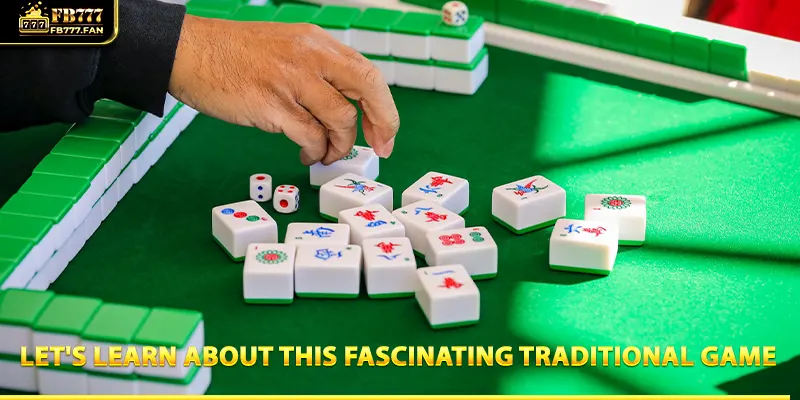
Mahjong is usually played by 4 people and uses a set of 144 tiles, although in some variations, the tile count and rules differ. Understanding how many tiles are in Mahjong is crucial, as the goal is to complete a winning hand as specified by the game’s tile combinations. The player who completes that hand is victorious.
The Objective of Mahjong
In Mahjong, the main aim is to make a full hand of 14 tiles. It consists of four sets (groupings of three or four tiles) and one pair. Knowing how Mahjong is played helps you understand that drawing and discarding tiles marks the progression of the game as each player seeks to complete a winning hand while thwarting the efforts of others.
Common Terms in Mahjong
- Riichi: A declaration in Japanese Mahjong that the player is one tile away from winning. It also increases the tension and strategy behind where you place each tile.
- Dora: Increases the scoring in Japanese Mahjong.
- Charleston: A process in American Mahjong involving tile exchange that introduces its own level of strategy.
Setting Up and Starting the Game
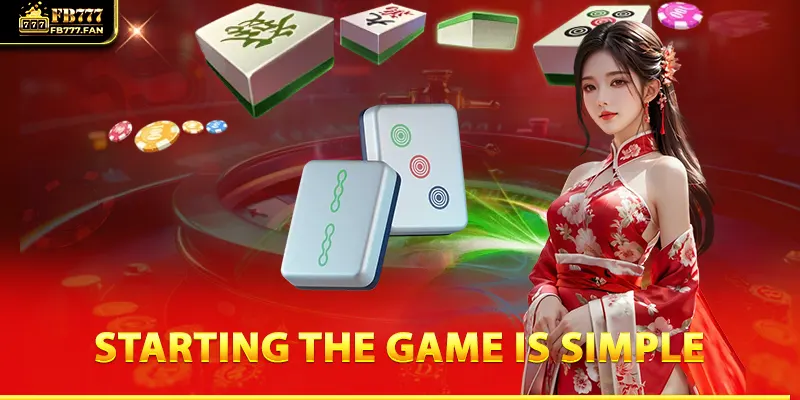
Here’s how to start the game of Mahjong, covering the essential setup steps and the significance of each player’s position at the table.
| Table Setup | Players sit around a square table, representing the 4 points of the compass: East, South, West, and North. These positions matter in the order of play and scoring, crucial aspects of how Mahjong is played. |
| Building the Wall | The game starts with a “wall” built out of the 144 tiles. This wall is constructed by arranging tiles face-down in a rectangular formation. Shuffle the tiles and then, after building the wall, players draw their initial tiles from it. Understanding how many tiles are in Mahjong is part of mastering the setup. |
| Dealing the Tiles | All players are given 13 tiles, except the East player, who gets 14 pieces and begins the game by discarding one of them. This provides the East player with an extra tile to break the cycle of waiting, a key detail in how Mahjong is played. |
Playing Mahjong – The Tiles You Need To Know
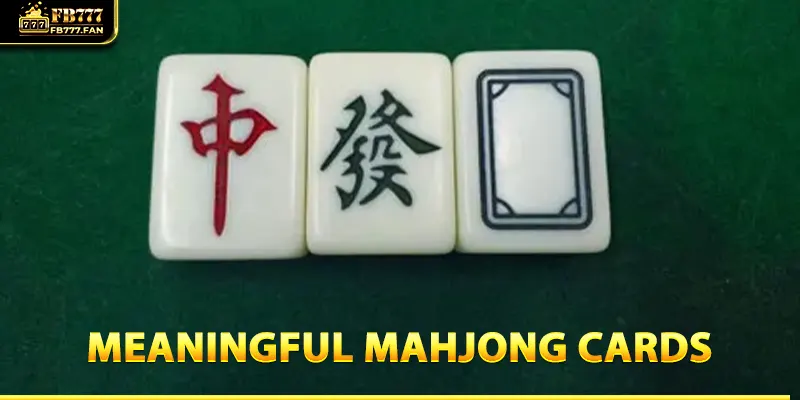
Tiles are divided into three suits: Balls, Bamboos, and Characters; honor tiles include Dragon (of any color) and the four Winds (East, South, West, North). These tiles are very important for playing the game and mastering how Mahjong is played.
Suits
- Bamboos (Suo): Symbolized by sticks resembling bamboo; numbered from 1 to 9.
- Wan Characters: This set has Chinese characters and is also numbered from 1 to 9.
- Tong (Dots): Numbered 1–9, depicted as circles.
Honor Tiles
- Winds and Dragons are honor tiles:
- Types of Winds: East, South, West, and North.
- Dragons: Red, Green, and White.
These tiles do not form sequences but are used in specific combinations that can significantly impact scoring, which is essential in how to win in Mahjong.
Bonus Tiles
Bonus tiles spice up the game and open new scoring options for players.
- Flowers: Flower tiles are beautifully decorated with a floral motif and frequently make up the standard set of four unique designs. While not necessary for a winning hand, Flower tiles can increase the number of points scored by a player and provide an extra level of risk/reward gameplay.
- Seasons: Tiles depicting the four seasons, composed of yet another set of 4 unique designs. Season tiles, much like Flower tiles, can increase scoring opportunities depending on the variation played, providing players with options to score.
Draw and Discard In Gameplay
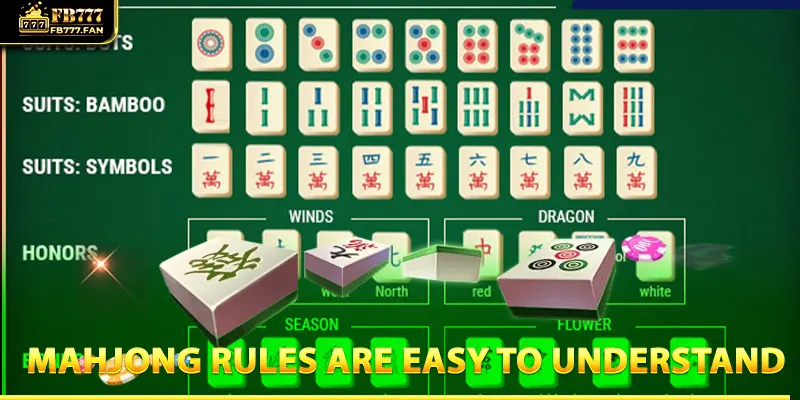
The turn order goes East → North and so on with each turn. One by one, the 4 players draw a tile from the wall and lay down a (different) unwanted tile. The goal is to slowly assemble a hand — drawing and discarding in sequence, as players discard tiles until they draw those that complete their hand. This sequence is a fundamental part of how Mahjong is played.
Claiming Discards
Remember that players can take discarded tiles if it helps complete one of their sets.
- Pong: A set of three identical tiles from the same suit. For example, three 2 Bamboos form a Pong. Pongs are crucial for making a winning hand and increase the probability of winning.
- Chow: A Chow is a sequence of three consecutive tiles in the same suit. For example, if you have Bamboos 1, 2, and 3, this would be a Chow. Discarding a tile that could form a Chow may give other players a chance to complete their hands, an important concept in how to win in Mahjong.
- Kong: A player can declare a Kong when they have four tiles of the same kind. Forming a Kong gives the player some points and can impact game progression, making it a strong play for strategic purposes.
Creating Winning Hands
A complete hand in Mahjong consists of 14 tiles (four sets and a pair) that usually fall into the following categories:
- 4 Sets: Can be any combination of Pongs, Chows, and Kongs.
- Pair: Two of a kind.
There are special hands, such as “All Pongs” (only using Pongs + 1 pair), that can give extra points. Understanding these combinations is crucial in mastering how Mahjong is played.
Declaring Mahjong
A Mahjong player declares “Mahjong” when they have a complete hand and win the game. They must then show their tiles depending on the variation played to confirm a win. The game ends, and the scoring begins. This final step is where you truly understand how to win in Mahjong.
Scoring in Mahjong
Scoring in Mahjong varies by version. Still, the principles are fundamentally the same:
- Base Points: Awarded to the winning player each time they win.
- Bonus Points: Extra points are awarded for fulfilling unique combinations such as Kongs, Dragon tiles, or completing the hand with a specific set of Mahjong tiles.
- Multipliers: Some versions add complexity with specific hands or combinations that multiply the base score.
How Mahjong Is Played: Tips For Beginners
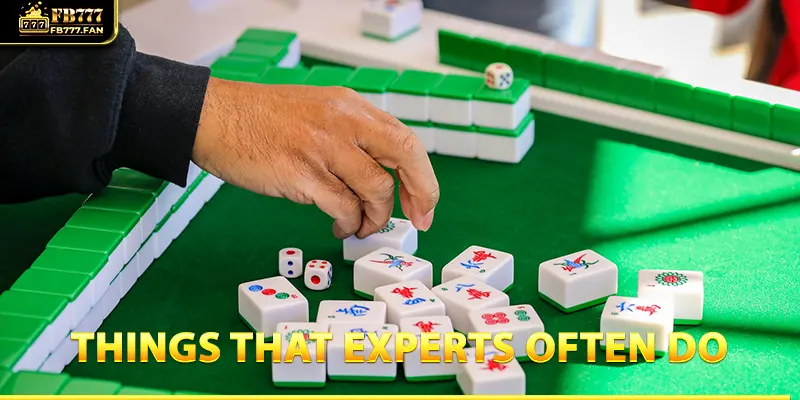
If you have never played Mahjong before, the simplest version to start with would probably be the original Chinese edition. Below are a few tips for you to begin:
- Determine to Start from Simplest Chinese Mahjong: It is recommended to start with basic Chinese Mahjong for newcomers. This version offers a good baseline to figure out how Mahjong is played and think about tactics, but it is not as feature-complete (nor complex), of course.
- Play Mahjong on the Web or an App: Beginners can practice on the computer or by using a Mahjong app, which will allow them to gain some proficiency in playing this game. Most games contain how to play Mahjong tutorials and practice modes, where beginners can learn the game more gradually.
- Watch Discards and Build a Tile Memory: The key to becoming a successful player in Mahjong is developing tile memory. Understanding the tiles in play — or more accurately, recognizing what hasn’t been played by observing discards — can provide players with an edge in how to win in Mahjong.
How to Play Mahjong – Strategies to Win
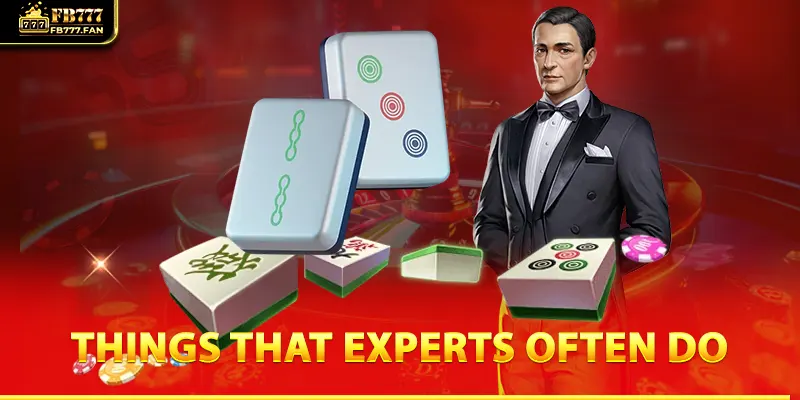
How to win in Mahjong involves a blend of luck and strategy. Here are some tips:
| Defensive Play | Offensive Play |
|
|
Mahjong is a game of skill, strategy, and luck. Understanding the fundamentals is key, whether you are recreationally playing with friends or looking to dominate the game. Starting with an understanding of the various tile combinations, scoring, and strategic elements will prepare you for a great time playing this classic game. Get your tiles, start that table, and have fun learning how Mahjong is played!
